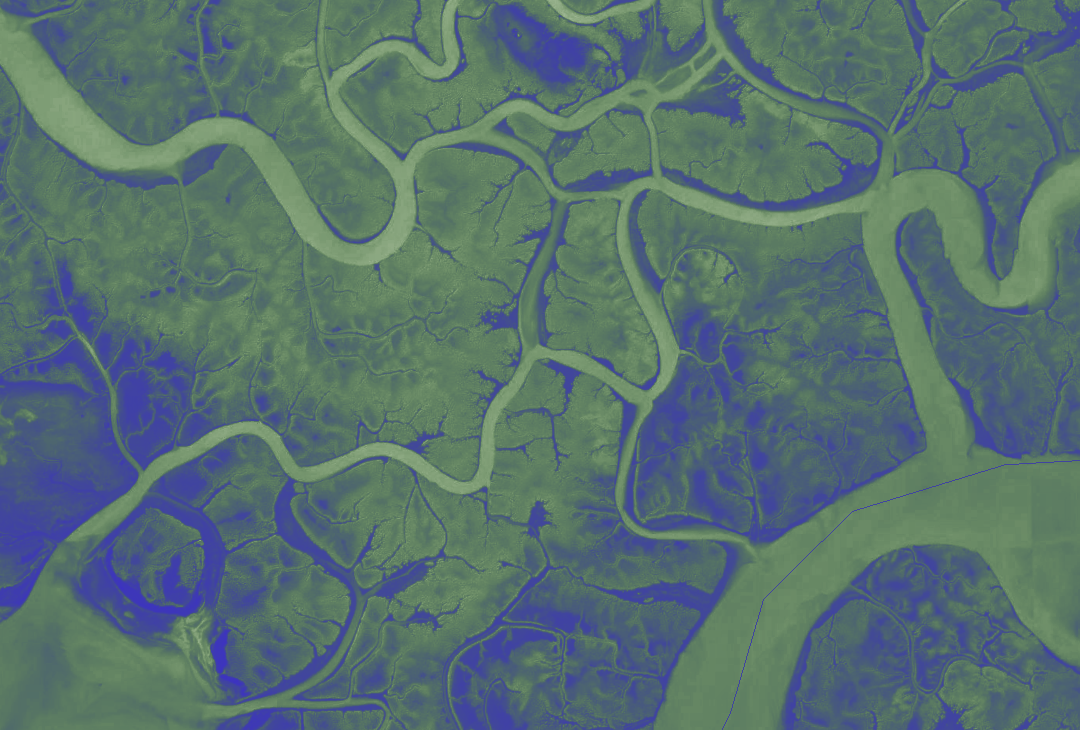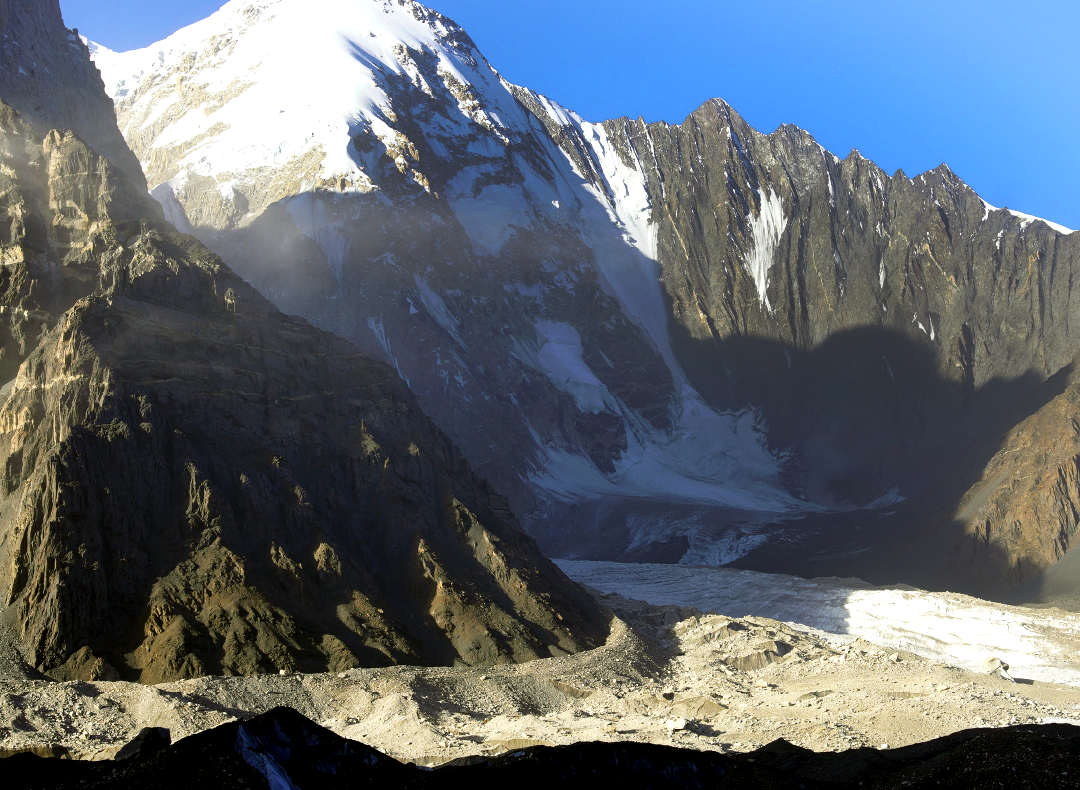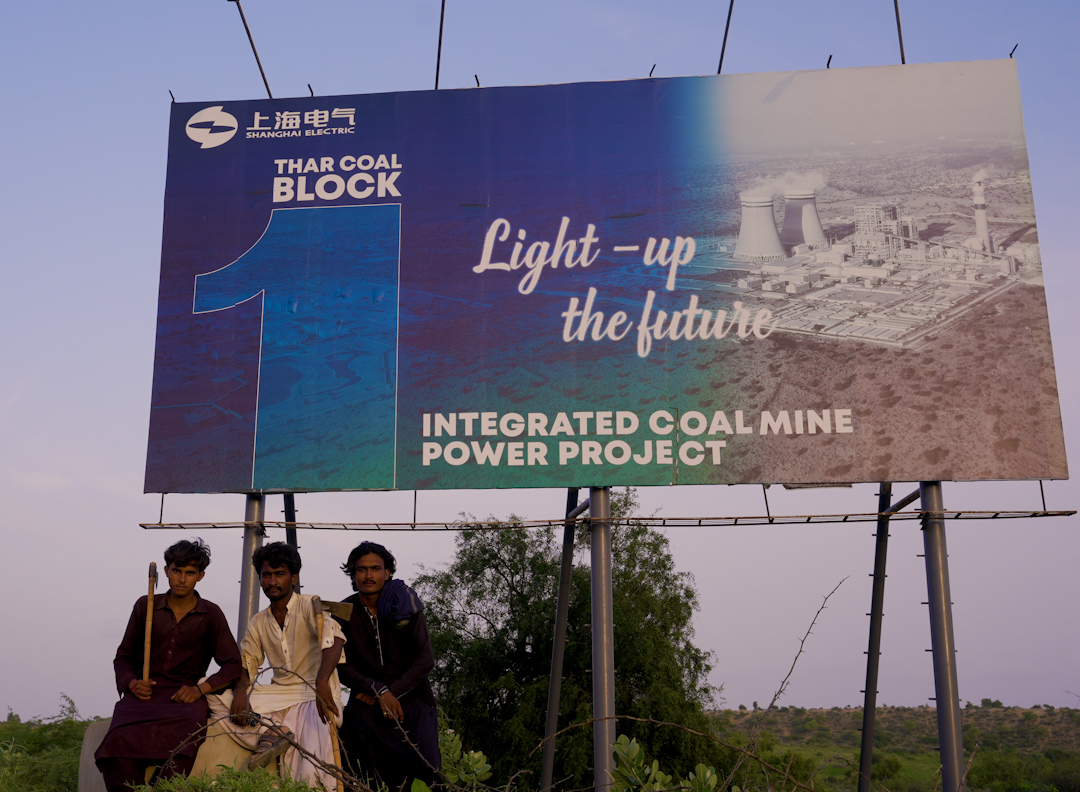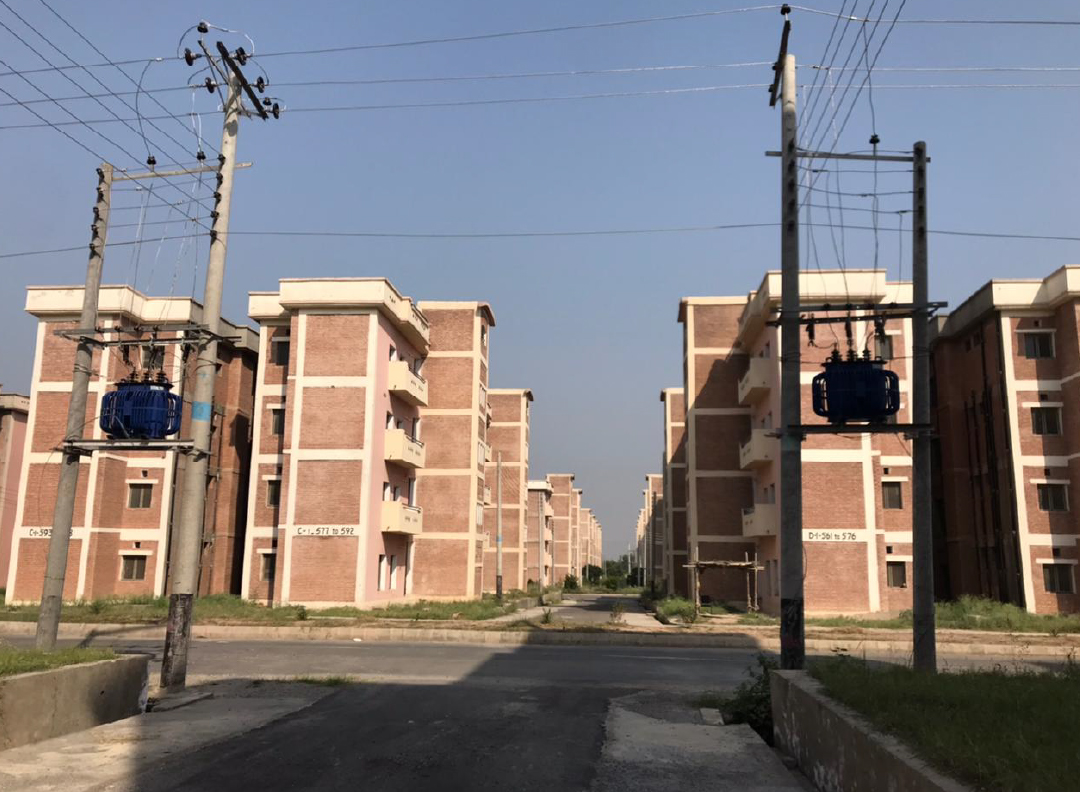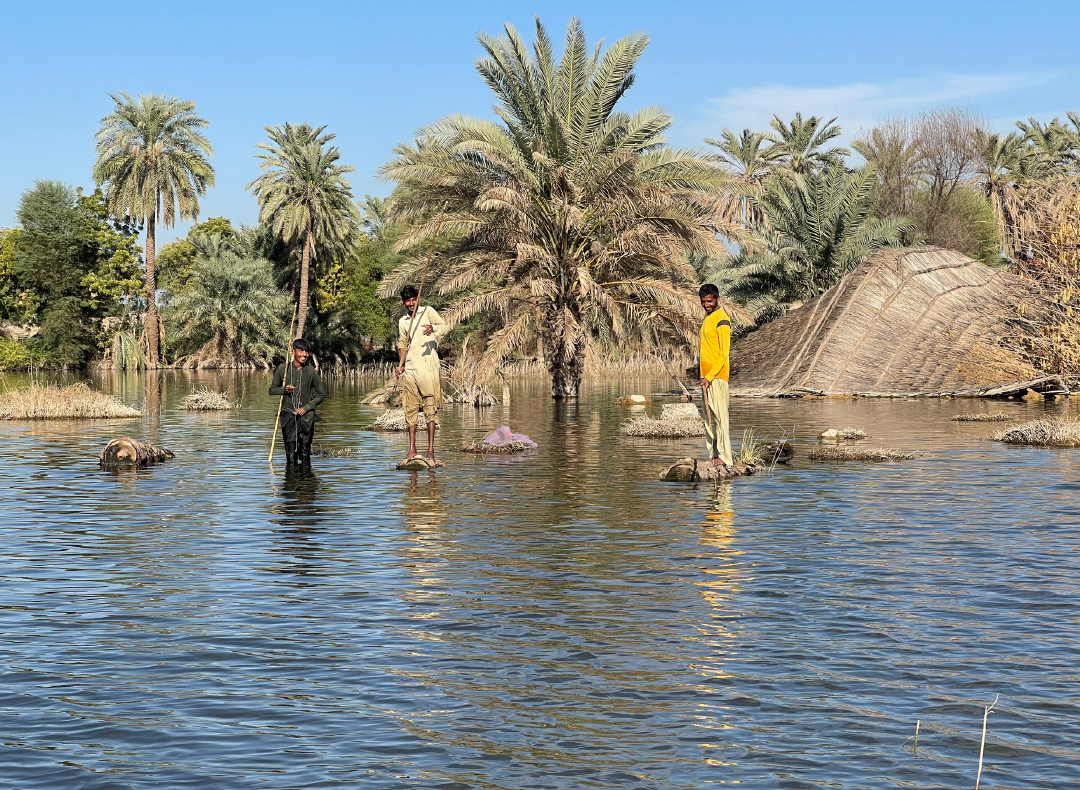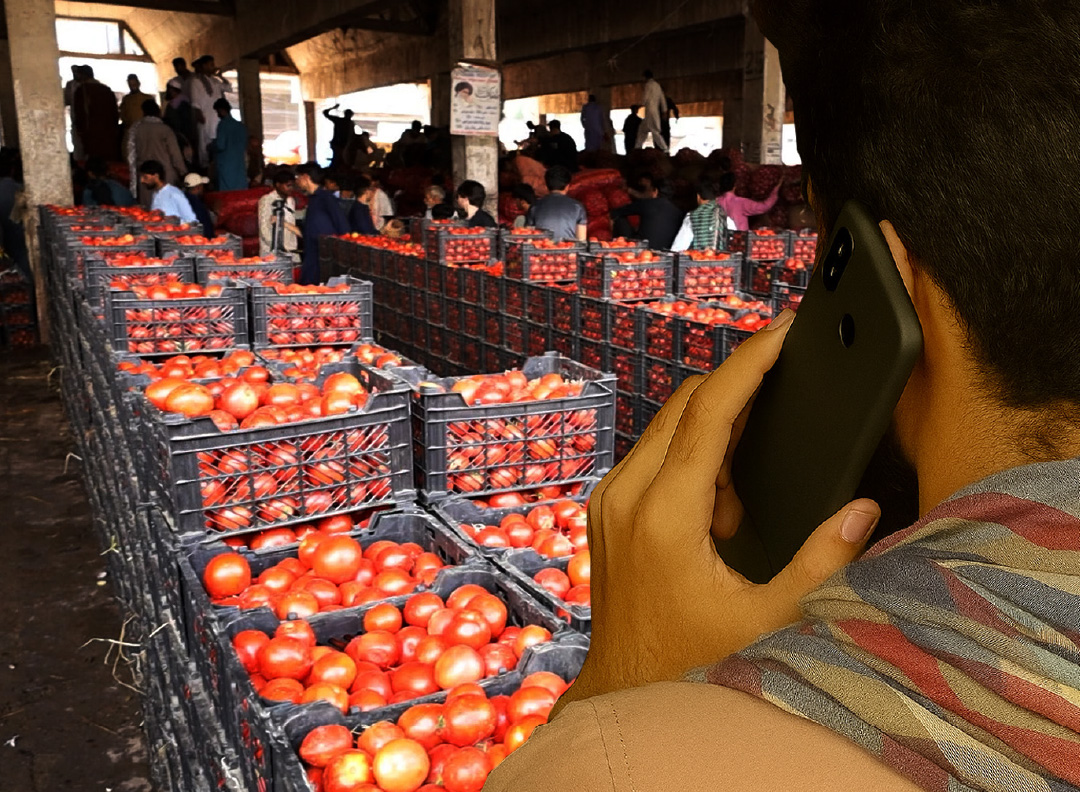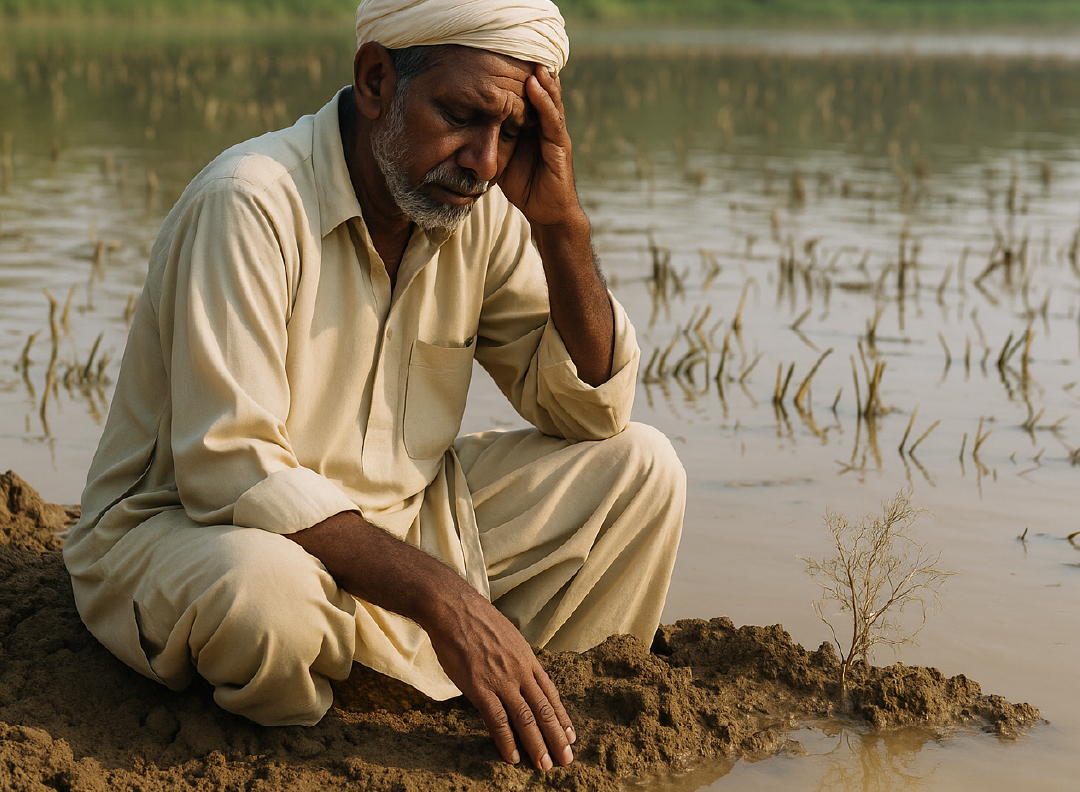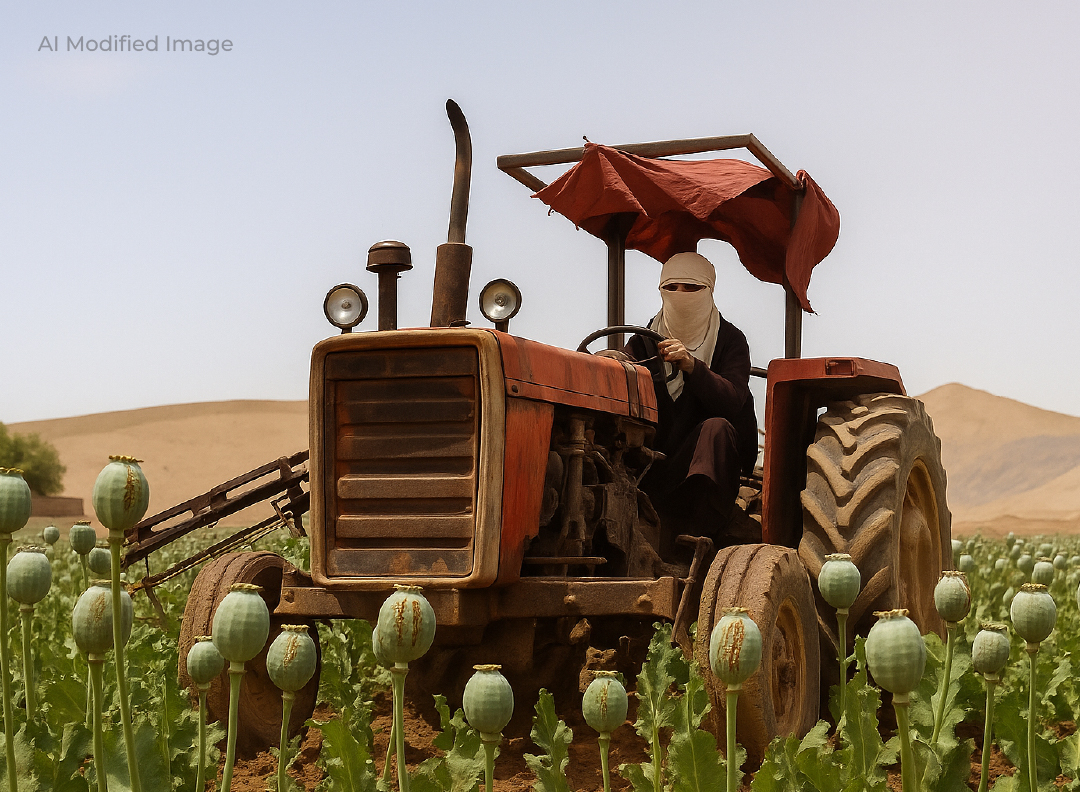The federal government has planned to dig six new canals from the Indus River but the farmers in Sindh are protesting against it. Protesters are afraid that digging more canals from the river will turn their lands barren. Their fears have been exacerbated by the government’s move to maintain secrecy about the project. Experts do not dismiss these concerns of the Sindh farmers as baseless.
The Central Development Working Party (CDWP), a federal government agency, approved the Rs231bn project on Oct 12 and quietly sent the matter to the Executive Committee of the National Economic Council (Ecnec) to take it forward.
This project is for the construction of the first phase of the Cholistan Canal, which was approved in a meeting chaired by Federal Minister for Planning, Development and Reform Ahsan Iqbal despite inter-provincial concerns.
Although the decisions of this meeting have not been officially announced yet the Sindh government rejected the project the very next day, Oct 13.
According to a report by Dawn newspaper, the Punjab government has estimated the cost of the Cholistan Canal and Systems Phase-I project at Rs211.34bn while the cost of moving defense installations along the project route is being said to be Rs19.5bn.
The report states that Ecnec will also have to decide whether this water project can be taken forward without the approval of the Council of Common Interests (CCI) or not.
According to the report, the proposed canal project is a part of the ‘Green Pakistan Initiative’ which is supported by the federal government, the Punjab government and the Special Investment Facilitation Council (SIFC).

What is Green Pakistan Initiative?
The federal government plans to attract $30 to 50bn in foreign investment in the agriculture sector over the next four to five years under the ‘Green Pakistan Initiative’, for which the Special Investment Facilitation Center (SIFC) has already approved 28 projects, including those of food and agriculture.
The aim of this programme is to bring 91 million acres of uncultivated land across Pakistan under use for agriculture, livestock and farming, and Gulf countries, including Saudi Arabia, Qatar, Bahrain and the United Arab Emirates, are showing interest in investment.
As soon as the Cholistan Canal project came to light, reports of digging five more canals started circulating, sparking protests and demonstrations by political, social and farmer organizations across Sindh.
What is the plan to dig new canals?
Engineer Obhayo Khushk, an activist and expert in water, says the plan to create six canals for the development of barren lands in the country has been under discussion for a long time but progress has been seen in recent times.
According to him, two canals in this project are from Sindh, one is the phase-II of the Rainee Canal created from the Sukkur Barrage, from which the Thar Canal will now also be created. The third canal is the phase-II of the Kachhi Canal created for Balochistan from the Taunsa Barrage and the fourth is the phase-II of the Chashma Right Bank Canal.
He says that under this project, two canals are to be built for Punjab, including the phase-II of the Greater Thal Canal and the Cholistan Canal. Both these canals will also be supplied with water from the Indus River.
“The real issue is the Cholistan Canal, for which water will be pumped into the Sutlej through the Chenab River and from there Cholistan will get it. In the first phase, approval was taken from the Indus River System Authority (IRSA) to get water for 600,000 acres of land for this purpose, but now water has been sought for another two million acres.”
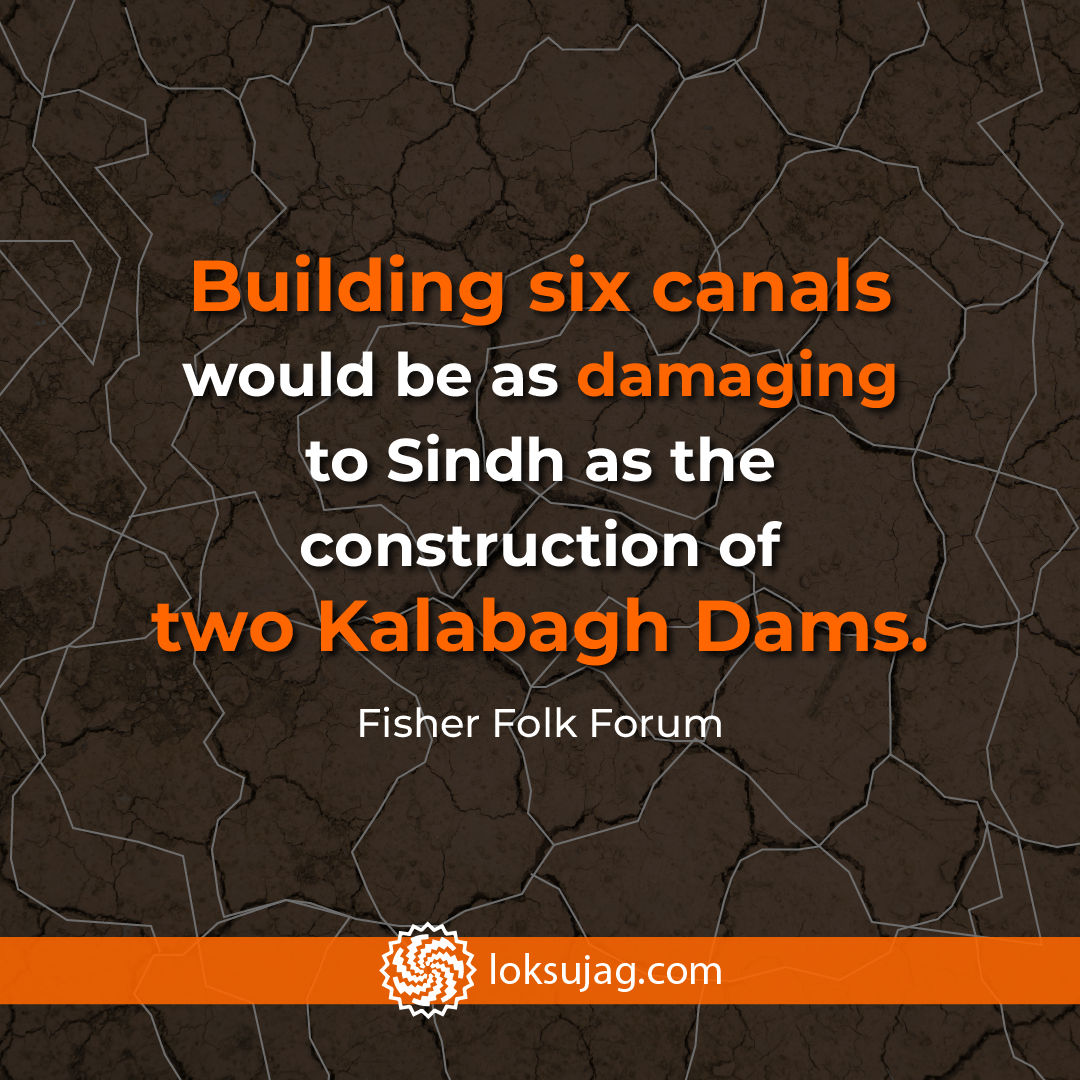
Sindh Irrigation Minister Jam Khan Shoro says that Sindh has strong objections to such a controversial project, despite which the CDWP sent the Cholistan Canal matter to ECNEC. He rejects this decision and announces a strong protest.
The Sindh chief minister wrote a letter to the planning and development minister and deputy prime minister, demanding that the CCI meeting be cancelled and the decision regarding the canals be withdrawn.
Sindh’s objections to new canals
Jam Khan Shoro says that earlier, only flood water was planned for Cholistan but the CDWP has converted it into a perennial canal. “Sindh is already facing water shortage and this decision would make the land of the province barren,” he says.
Sindh, being the lower riparian region of the country, has always complained about the lack of water in the river below the Kotri Barrage, while global social and environmental experts say that if the stipulated amount of water (10 million acre-feet) is not released into the sea, the Indus Delta will be ruined.
What is the Indus Delta?
Wherever the rivers passing through the plains change direction or fall into the sea, they give birth to a new land called ‘delta’ (bat or katcha).
The Indus River (Sher Darya), equally great as the Euphrates and Tigris, passes through the mountains, valleys of the Himalayas, Karakoram and the plains of Punjab and Sindh. When it reaches Kotri, it brings millions of tons of fertile soil along with its water. This soil accumulated for centuries and formed a vast area called the ‘Indus Delta’.
This water and soil coming into the river not only push the sea back but also, due to its fertility, acts as a nursery for various fish, including blind dolphins and ‘Palla’, crabs, shrimps etc and mangroves.
Tamar forests act as a wall to stop hurricanes, tsunamis and also prevent the sea from moving forward.
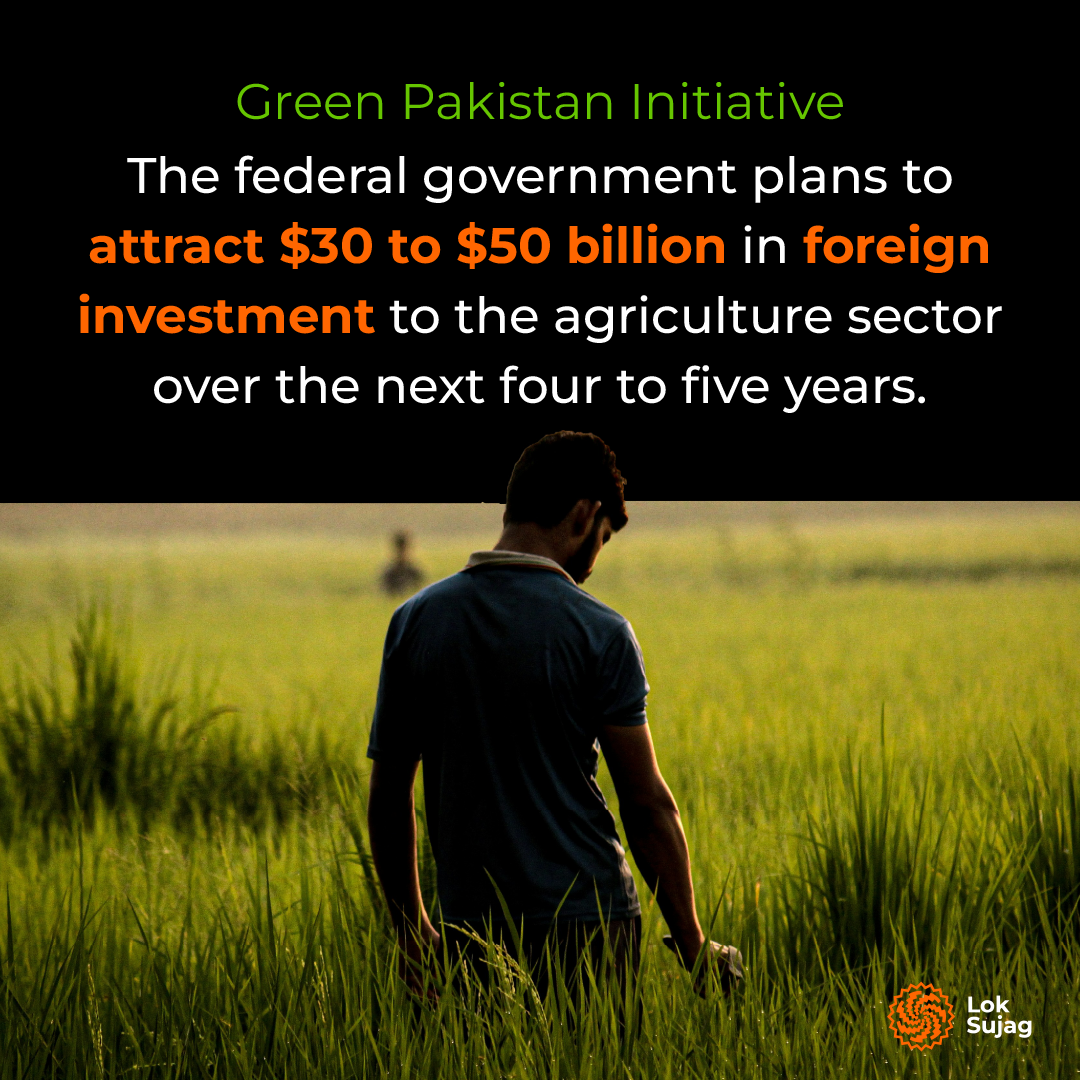
During the Gen Pervez Musharraf regime, when it was decided to build the Greater Thal Canal, Kachhi Canal, etc. in the country, there was a debate on the ‘waste’ of floodwater.
Meanwhile, the Shaheed Zulfikar Ali Bhutto Institute of Science and Technology (SZABIST) organised a research seminar in Lahore on July 10, 2003.
The seminar was titled ‘Indus River Flow Below Kotri Barrage: Necessity or Waste?’. The seminar was attended by the then chairmen of Water and Power Development Authority (Wapda) and IRSA besides several award-winning experts and engineers. The report of this seminar was later released to the public.
The report compiled by SZABIST states that the Indus River is about 280km (174 miles) long from Kotri to the sea, which forms an axis or arc and empties into the Arabian Sea in the form of 17 creeks (branches or branches).
The triangular Indus Delta covers an area of 1.486 million acres (600,000 hectares), extending from Kotri to the 16km wide riverbed and from Karachi to the Rann of Kutch (220km).
Delta, environment and natural resources
According to this report, despite the degradation of the delta (according to figures of 2002), there are forests on 88,882 acres, over 95,000 acres of agricultural land and mangroves on 642,474 acres of the delta.
This barren area, consisting of agricultural lands, orchards, rivers, abandoned river channels and lakes, was rich in biodiversity, fisheries and natural resources until a decade ago.
The World Wide Fund for Nature (WWF) says that the Indus Delta is the fifth largest delta in the world, with the seventh largest mangrove forests. The area was designated a ‘Ramsar Wetland’ on Nov 5, 2002.
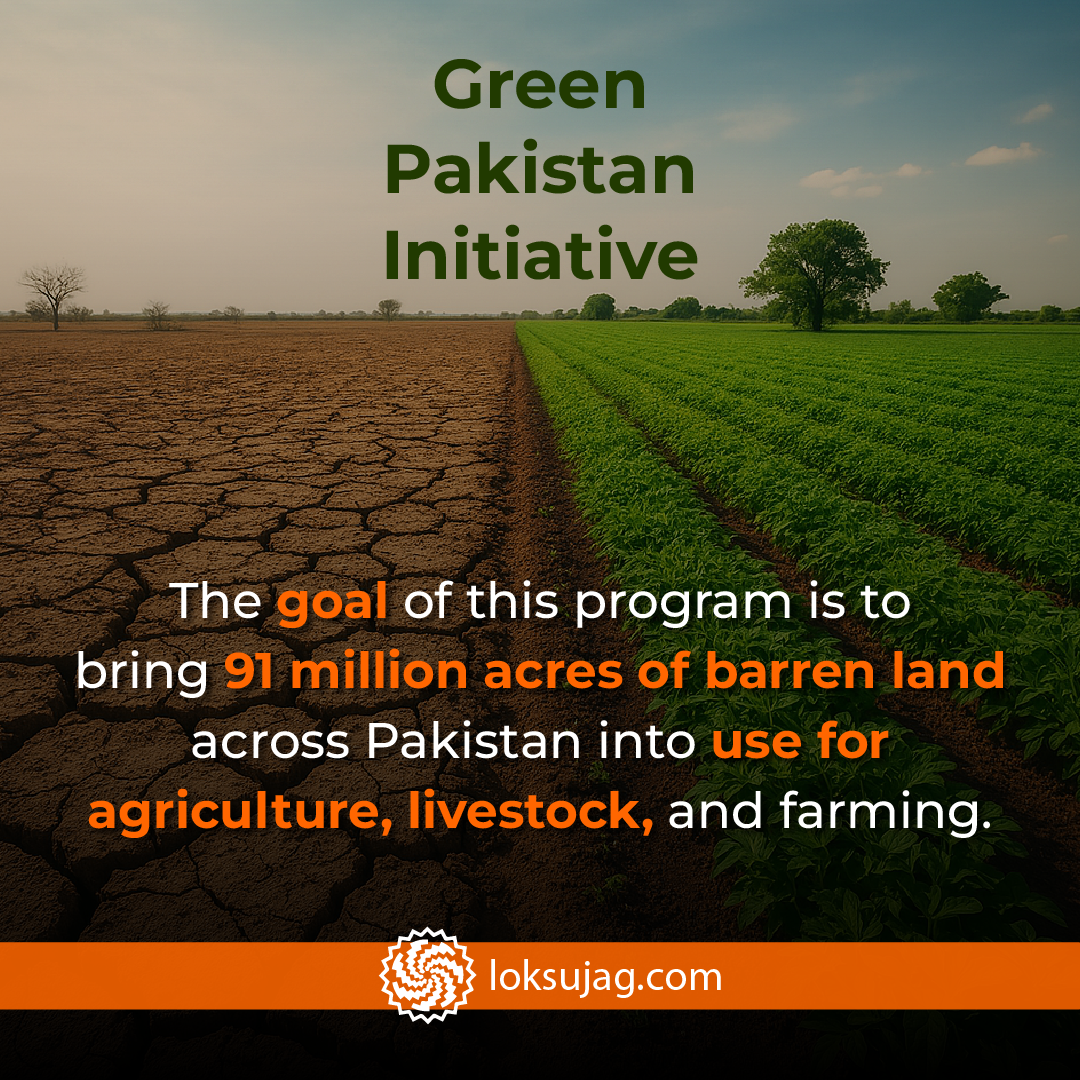
When and how did the Indus Delta collapse?
The SZABST report of 2003 states that in the past (before the Indus Waters Treaty), the river used to bring about 150 million acre-feet of water annually to the delta, along with about 400 million metric tonnes of fertile soil.
But after the construction of barrages and reservoirs, the flow of water decreased to an average of 10 million acre-feet, which started bringing about 100 metric tonnes of soil.
In 1999-2000, the downstream flow of water from Kotri Barrage was recorded at 8.83 million-acre feet and in subsequent years the flow decreased further.
The water shortage in the Indus River began with the British-era projects of Sukkur Barrage and later Mangla and Tarbela dams. But when the water decreased further with the construction of Kotri and Guddu barrages in the 1950s and 1960s, the delta started shrinking further.
Experts had recommended in the SZABIST seminar that the water flow downstream should be maintained at least 10 million acre-feet as per the agreement.
Displacement of people, land being swallowed by the sea
Muhammad Aslam Samo, a resident of Keti Bandar town, the ancient center of the Indus Delta, says that according to revenue records, a decade ago, there were 48 villages in the vicinity of Keti Bandar where 10 are left now while only three of the 38 villages in Kharochan are existing while all the others have been deserted.
“The delta was famous for the production of red rice, milk, butter, honey and Palla fish, people used to come here from far and wide for labour. But now we are seeing it dying before our eyes. Thousands of families have left this area and the rest are wandering in other areas for labour.”
He says that the 1991 inter-provincial Water Apportionment Accord (Water Accord) had stipulated that ten million acre-feet of water would be retained annually to protect the delta’s ecosystem but this was never implemented.
Read this
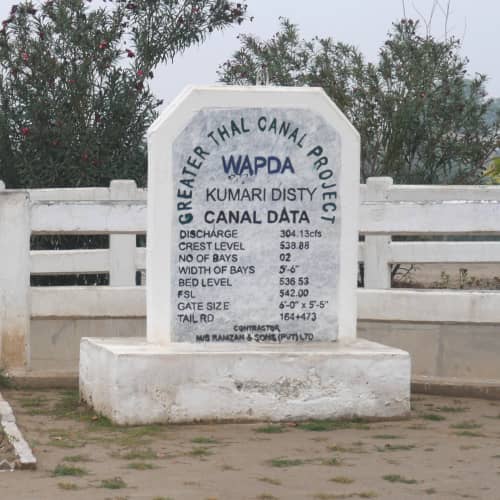
Sindh's objection over Greater Thal Canal: 'Construction of a new canal in Thal will reduce our share of water even more'.
The US-Pakistan Center for Advanced Studies in Water prepared a report in 2018 to save the deteriorating Indus Delta, which stated that in the good days of the delta, there used to be 17 branches of the river here, of which only two are active now.
The river water for the delta has decreased by about 80pc from 1935 to 2017, due to which the sea is destroying about 80 acres of the delta’s area every day. According to this report, 92 percent of the fertile area of the delta has been swallowed by the sea in two centuries.
Citing official data, it is claimed that the sea has swallowed 2.3 million acres of land in the coastal districts so far. Tamarind forests are disappearing here, while in 1951, the production of river fish here was 5,000 tonnes, which has been reduced to just 300 tonnes.
Former PPP senator Sassui Palijo expresses concerns, saying that if the water situation in the river continues like this, most of the land of Thatta, Sujawal and Badin will be swallowed by the sea by 2050.
Experts from the US-Pakistan center had also suggested that in order to ensure environmental stability, fisheries, maintaining the river channel and stopping the sea in the delta, it is necessary to ensure the release of 5,000 cusecs of water below Kotri throughout the year.
A World Bank report says that the degradation of the Indus Delta is causing the country to lose about two billion dollars annually.
Read this
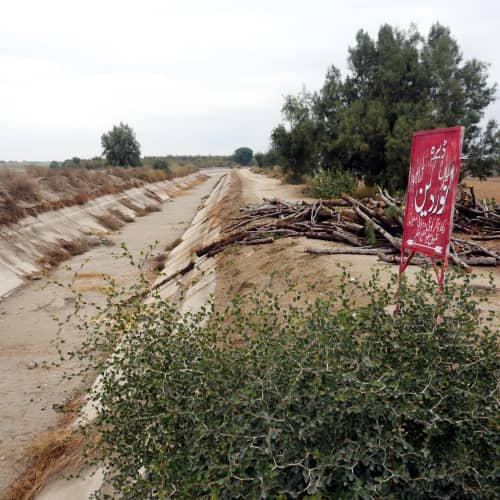
The Choubara Branch Canal: Little to make merry about
But unfortunately, most of the country’s citizens generally have the impression that the water going into the sea is being wasted and those opposed to canals and water bodies are ‘opponents’ of the country's development.
Engineer Obhayo Khushk fears that if the Cholistan Canal is built, there will be no water left for the millions of acres of command area of the Sukkur Barrage and Sindh will be deserted.
He says that under the 1991 agreement, Punjab uses all the water that comes to its share. Now, whatever more water goes there to cultivate new land, it will be taken from Sindh’s share.
Sindh’s political and social organisations reject new canal projects. A protest rally was organised in Badin by the Pakistan Fisherfolk Forum. Mehran Shah, the chairman of the forum, believes that the plan to build six canals is equivalent to building not one but two Kalabagh dams for Sindh.
On Nov 17, the Sindhiani Movement held a rally in Karachi, in which Muhammad Aslam Samo also participated. He says the delta is slowly dying, fisheries, agriculture and people are all being destroyed.
“On the one hand, our rulers do not give the Indus Delta the water it needs, while on the other, they are trying to stop whatever little water that comes from the rains and floods,” he says.
Published on 30 Nov 2024
